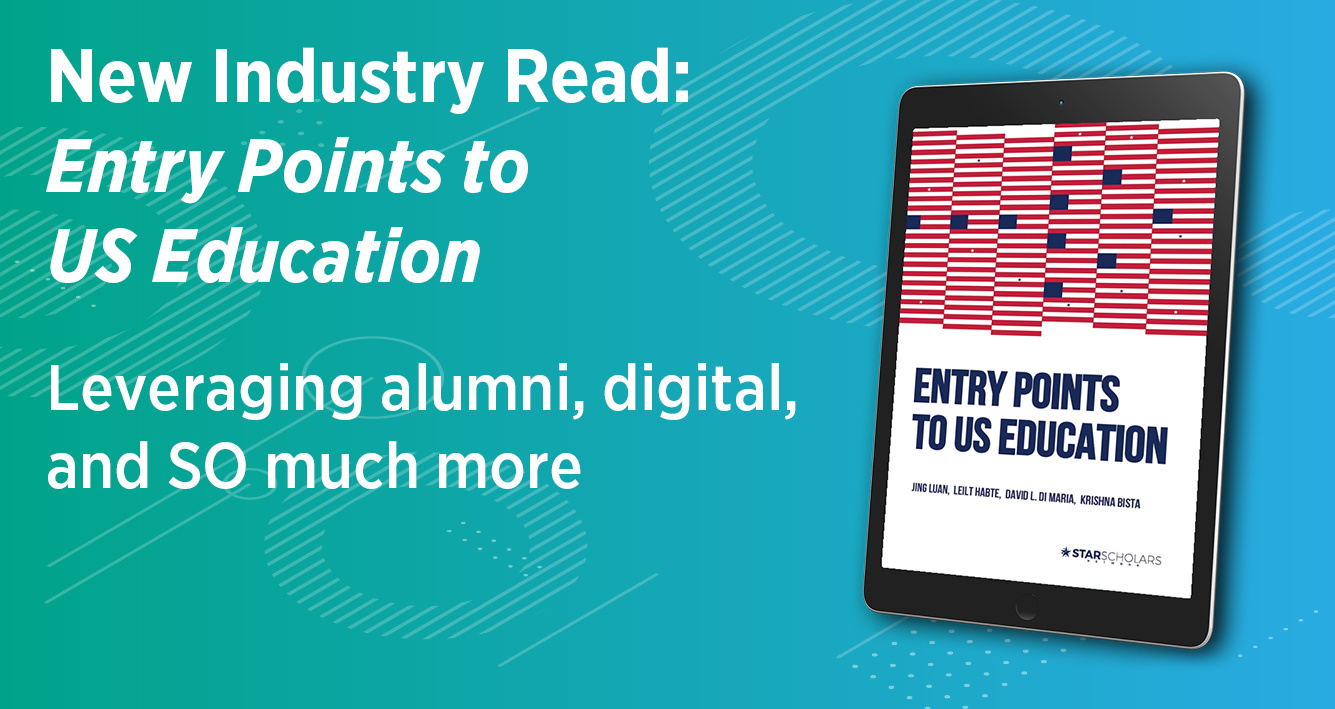It could be the rush to diversify student recruitment markets. Or the need for tech tools and processes to bring the student journey into the AI era. Or maybe it’s to simply find marketing insights and cultural nuances for a specific region or country. More often than not, it has to do with needing to build internal support for your global student recruiting plans. Whatever the reasons, all we know is our digital content is flying off our virtual shelves.
Because of the rush – downloads from our site are up 41% year over year – we thought it a good idea to pause our regularly scheduled programming to bring you this important message: Intead has a digital Resource Center enrollment leaders and practitioners tap every day as they consider next steps and start their research.
Our next opportunity to meet is THIS WEEK!
Join Ben and Virginia Commonwealth University SIO Jill Blondin on Aug. 1 at 2 p.m. at the EducationUSA Forum as they share insights on Navigating Budget Challenges in International Recruitment: Practical Strategies for Every Phase. Find them in Salon F. Hope to see you there!
Our publishing goes far beyond simply reporting. When we write and edit, we first ask ourselves:
- Does the content bring value to our community, or is it simply self-promotion?
- Can we make our insights more actionable for our readers?
- Can our readers use our content to formulate, articulate, and justify their student recruitment plans?
For the uninitiated, our growing library currently houses more than 800 pieces of content relevant to the work you do every day. Think ebooks, case studies, conference slides, actionable one-pagers, podcasts, webinars, and more. It’s built on Intead’s 15+ years of publishing on the topics you care about and our ability to predict the future.
For enrollment leaders, and those aspiring to be, we offer management perspective on budget development, staffing structures, team management, technology implementation and more.
Some of our Resource Center users know exactly what they are looking for and they type it into the search bar. Others use our handy checkbox options to quickly filter their search:
- Agents
- Alumni
- Digital Marketing
- International Student Recruitment
- International Students
- Market Research
- Non-Traditional Students
- Persona
- Predictive Modeling
- Social Media
- Technology
We also offer deep, well-researched insights on student recruiting in key countries and regions:
- Africa
- Brazil
- Central America
- China
- Colombia
- Ecuador
- Europe
- India
- Kenya
- Latin America
- Middle East
- South Africa
- South America
- South Asia
- Southeast Asia
- US
- Vietnam
Search by keyword, topic, region, or category. It couldn’t be easier.
Sound valuable? (We welcome your feedback. Oh, and those notes we get from readers telling us how they used one piece or another to push forward…love that!)
Click here for direct access to our Resource Center page.
You’ll find a good amount of our content is available for free. Some, however, is for our Intead Plus members only. Our members have access to a range of team training tools, webinars, ebooks, and slide decks that required significant effort on our part to put together -- the kind of stuff we use to guide our clients. These pieces offer even more value to our readers.
And, if you’re curious what your peers are downloading lately (and who isn’t?!), read on…
Read More










